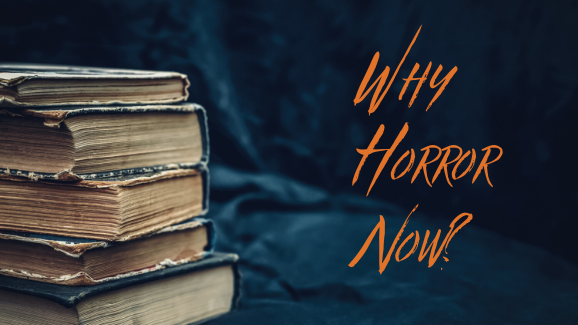sample heading
Horror thrives in times of cultural or political or economic distress. Universal monsters crept in right along with The Great Depression. Slashers boomed during the Reagan years, and then had a neat little renaissance in the late nineties, when Scream trundled in on the heels of the Clinton-Lewinsky scandal—when our leadership was again in question. When did zombies boom, you ask? The year after George W. Bush took office. When did vampires suddenly get hot and glittery? The year after George W. Bush was re-elected, as if we were scrabbling around for whatever other monster we could stand up against what was happening. As if, unsettled by this diffuse and immaterial thing going on all around us, we wanted something discrete and tangible to be afraid of, please.
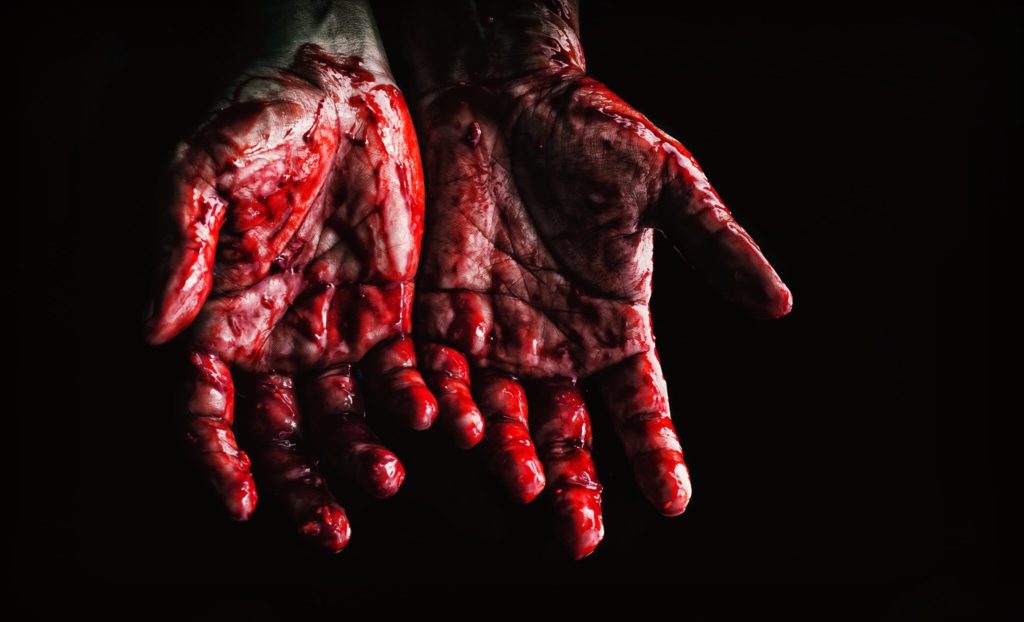
None of this is coincidental, and I’m far from the first person in the last couple of years to make the obvious connection that, since a certain election in 2016, horror’s been on the rise, on the shelf and at the box office. Once again our leadership and stability is in question, and, the usual reasoning goes, in steps horror to reflect our anxieties back to us, funhouse style. It makes perfect sense, doesn’t it? When we’re troubled, then entertainment that’s similarly troubling, that can activates those sensitized nerves, it just feels right. When we’ve conditioned ourselves to expect revulsion and disgust and moral outrage from the news we consume daily, then entertainment that doesn’t trigger that visceral response is just . . . bland, boring, not really entertaining who we currently are. Or maybe engaging horror validates the nausea already cycling through us? Gives it a proper vent, allows us temporary respite? Allows us to process all the way through the current spookhouse of a novel, movie, video game, comic book, thus letting us believe, as we so need to, that there can and will be daylight on the other end of the struggle?
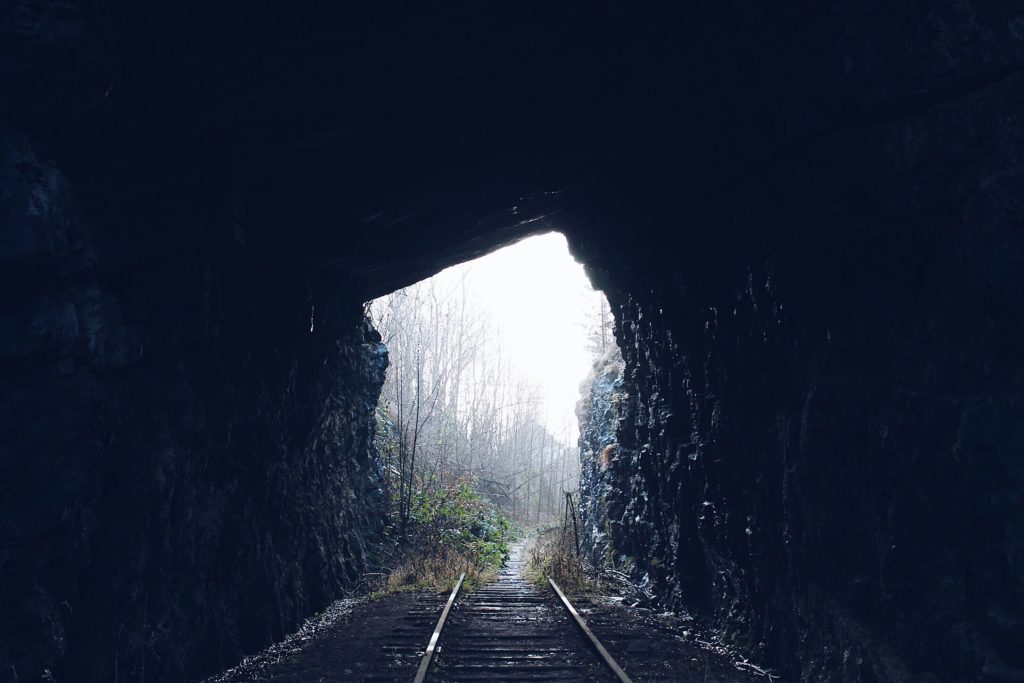
Yes, all of that. But, if there’s to be spikes of distress and anxiety, then of course we can only recognize them as such in contrast to ‘better’ times, yes? What of horror then? Or, to put a point on it, should our social/political/economic landscape magically settle down in 2020, that spotted trout flicking its tail in that high mountain stream as The Road would have it, then . . . what do we do with the funhouse mirror that got us through the bad times, right? What then, for horror?
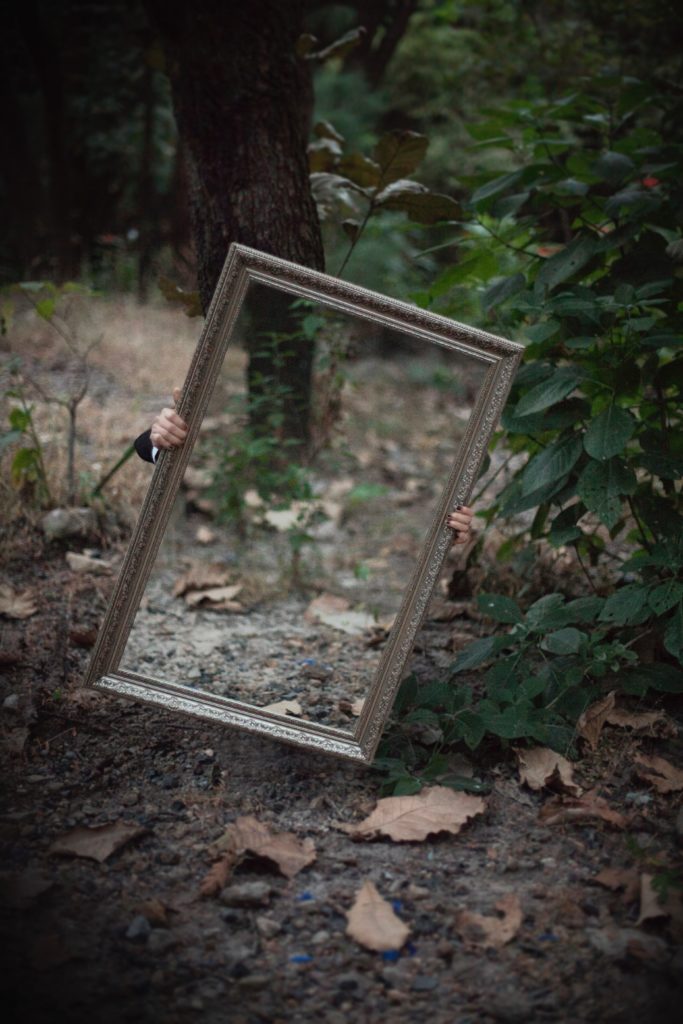
Granted, horror’s always been on a boom-and-bust cycle, one not solely dependent upon social upheaval. The Reagan-driven slasher boom of the eighties, say, didn’t necessarily die out because Reagan couldn’t get voted in for a third term, it collapsed under the weight of its own excess. That’s what genre does: it greedily pulls more and more into itself, insisting that this fits, and so does this, and also this, until it becomes so unwieldy and overbalanced that not even parody can pare it down, keep it manageable. What happens then is that the impulses that genre was trying to answer sublimate into another genre. The anxieties those eighties slashers were encapsulating began finding cleaner, less cluttered expression in the various Hannibal Lecters of the early- to mid-nineties.

And, of course, horror also sticks around because the lessons it teaches never really go out of style. The final girls in slashers show us how to deal with bullies, werewolf stories remind us that we have animal impulses, vampire stories warn us about privilege, ghost stories whisper that the past won’t stay buried, zombie stories warn us about contagion, about limited resources, possession stories show us that we’re not in control, and cosmic horror reminds us of our basic and fundamentally terrifying insignificance. Horror was probably even the first genre of story we were telling ourselves around the many campfires we evolved around (cautionary tales keep us alive to breed more of us), and will nearly have to be the last type of story we tell ourselves as well (“gather round for the tale of how everybody died”)—horror’s very much here to stay, is part of our DNA, providing us the teeth in the dark we need to keep us vital, make us feel puny and human.
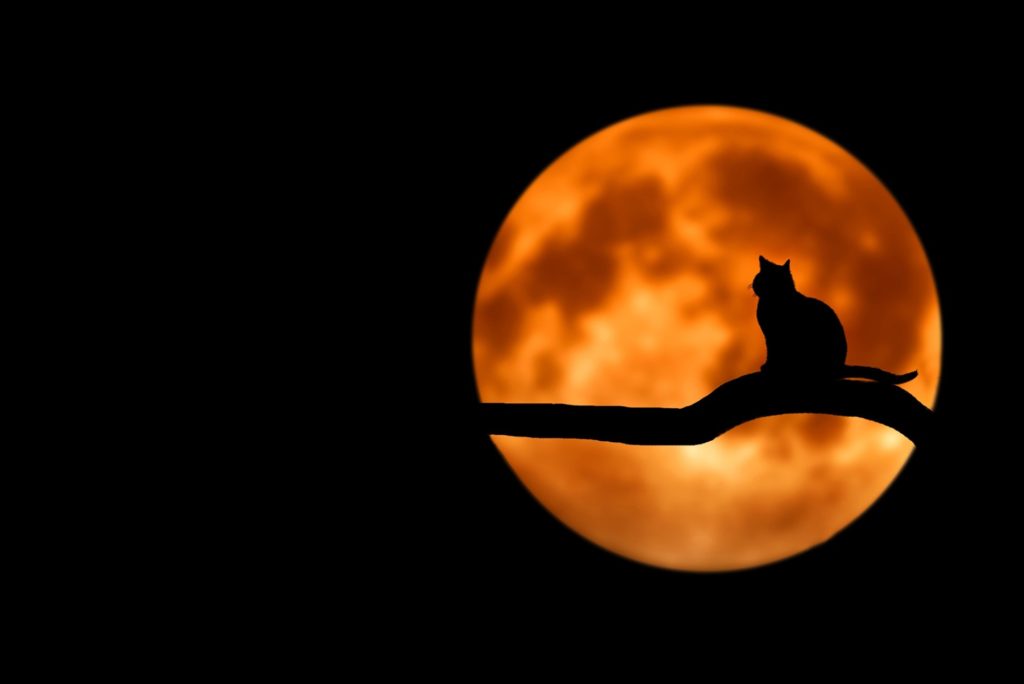
But . . . what happens to it in the “dawn is breaking” version of 2020, right? Do we pack our scary funhouse mirror away just so it’ll be more dramatic when we dust it back off a few years later, when things are falling apart even more? Perhaps the better way to come at that question is: Will horror still be vital when and if the audience’s tastes have changed? If the audience is no longer taking in disgust and rage and revulsion with the morning coffee on a daily basis, will it then turn to modes of entertainment that don’t provoke a similarly visceral response, or will it have become addicted enough to the rush of that type of response that our horror just blooms bloodier and bloodier with each cycle?
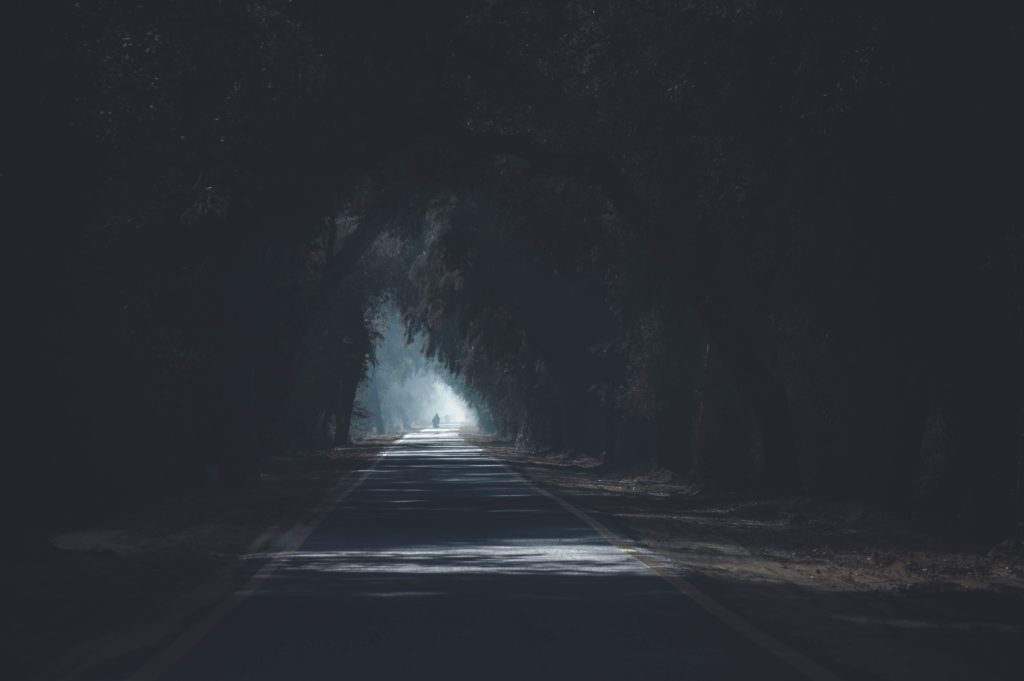
The former (“easier” modes) is probably where horror lives in the between-times, I suspect, simply because the latter—perpetual boom—is unsustainable, as the genre quickly reaches a screechy plateau past which there can only be the ridiculous, the absurd. But, too, it could be that that ridiculousness is kind of the way horror hangs around in those between-times, so as to be close the next time it’s needed. I mean, look at where we’ve been: Universal horror was scary during the Depression, but once the abundance of the war years had seeped into the economy, Frankenstein was meeting Abbot and Costello; the slasher was king at the eighties box office . . . until the wall came down and Freddy couldn’t stop wisecracking; the zombies shuffling through the streets in George Romero’s 1968 did a wonderful job projecting the social unrest of the time, and they remained potent as metaphors on through Dawn of the Dead ten years later, but by 1985, having run their course, they too became comedic for a decade or so, as Max Brooks laments, with The Return of the Living Dead. Or look at the arc of the zombie in the twenty-first century so far: 28 Days Later and (Brooks’s novel) World War Z and The Walking Dead (comic and television series) were all unsettling, but as the zombie shuffled past its expiration date, it became fodder for more comedic treatments. Warm Bodies, Pride and Prejudice and Zombies, Life After Beth, Anna and the Apocalypse, and on and on.
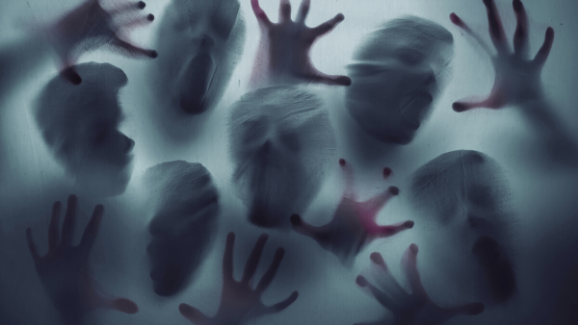
None of this is bad, either. I submit that it’s the natural dynamic, even. Horror decays into comedy—which isn’t meant to be a dig against comedy. It’s just that horror and comedy are each built on gags, are each built on a cycle of rising tension and releasing that tension. The only difference is that one does it with a scream, the other a laugh. That Get Out and A Quiet Place were each helmed by people with comedy backgrounds is no accident: comedy training is horror training. If you can tell a good joke, then you can probably also tell a pretty sick joke—you can surprise the target audience in a way they need, and want more of.
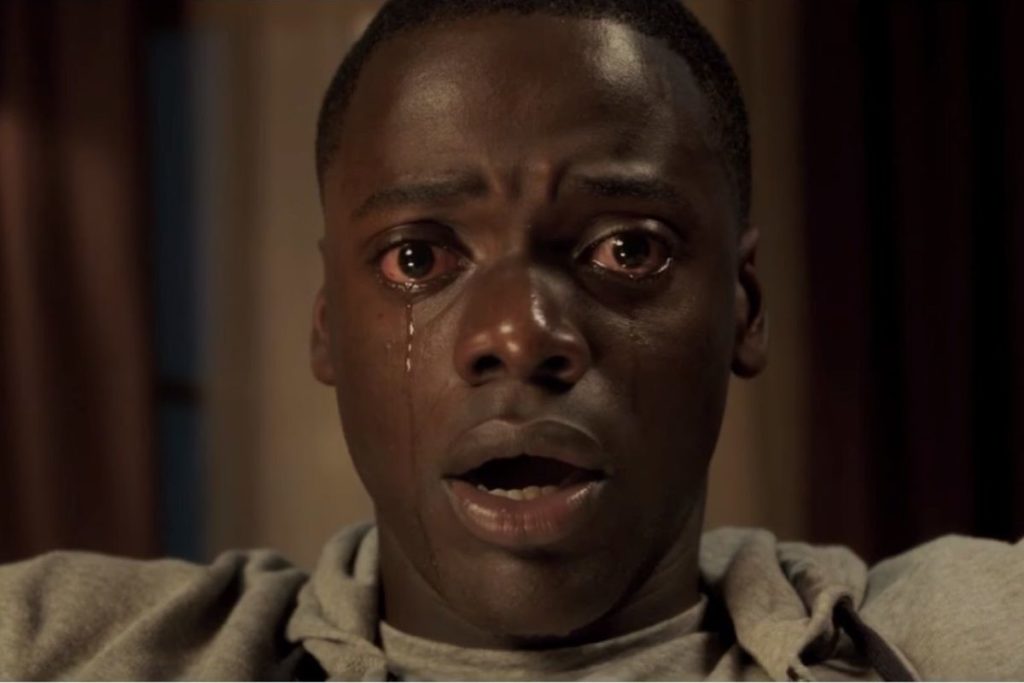
And we can maybe already see this happening a bit on the current scene, yes? Ready or Not delivers laughs with its chills, as did Mayhem and a lot of other recents films. The What We Do in the Shadows series is perhaps a spiritual descendent of Abbot and Costello Meet Frankenstein—it’s preposterous and there’s mortal stakes. Chilling Adventures of Sabrina, the comic book, has blood andlaughs, and Grady Hendrix’s novelMy Best Friend’s Exorcism is a terrifying possession novel, yes, but a rollicking good time, too, as are all his novels.
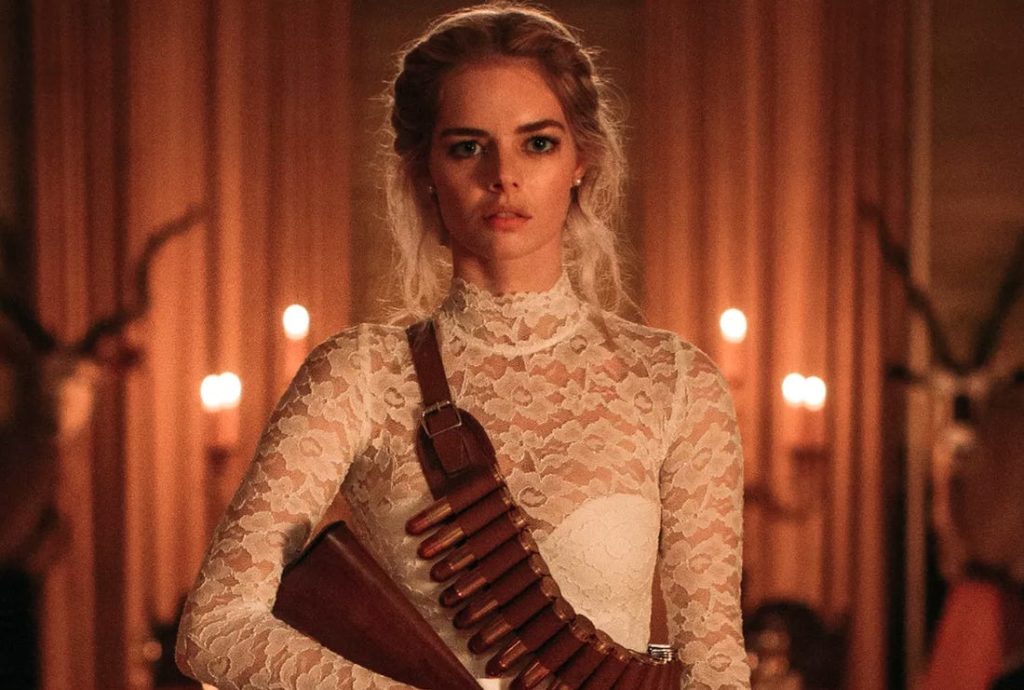
But of course instead of these (and more) being early and hopeful harbingers of the comedy-horror to come, they could just be proving that comedy-horror is alive and well, or that humor is a functional pressure-release valve, or maybe they’re even just insisting on that glimmer of light at the end of the tunnel, never mind if it’s actually there or not. But, really, we probably can’t know any of this for sure until we’ve processed through whatever’s next. And, scary as it really is, it could very well be that the distress of our environment collapsing around us is the real anxiety of the current age or moment, and no single trout flicking its tail is making that go away anytime soon, meaning that horror, as that which we use to encapsulate our terror and reflect our own dread and anxiety back at us, might just be here to stay, as environmental issues don’t get solved with a single election—not even a single generation. Not even a single century.

So, as much as I’m a horror fan, still, please, for the good of us all—for the good of the planet, for drinkable water, breathable air—I kind of hope that we’re about to process into some era where horror shades into comedy in order to better suit a pre-mollified audience’s shifting tastes.
At the same time, we all kind of know the truth, don’t we? The zombies are in fact coming to ravage the planet, and not only are they us, but, surprise/no surprise, they’ve been us all along.
Stephen Graham Jones is the author of sixteen and a half novels, six story collections, a couple of standalone novellas, and a couple of one-shot comic books, including the forthcoming The Night of the Mannequins and The Only Good Indians. He’s been an NEA recipient, has won the Texas Institute of Letters Award for Fiction, the Independent Publishers Award for Multicultural Fiction, a Bram Stoker Award, four This is Horror Awards, and he’s been a finalist for the Shirley Jackson Award and the World Fantasy Award. He’s also made Bloody Disgusting’s Top Ten Horror Novels. Follow him on Twitter @SGJ72.

